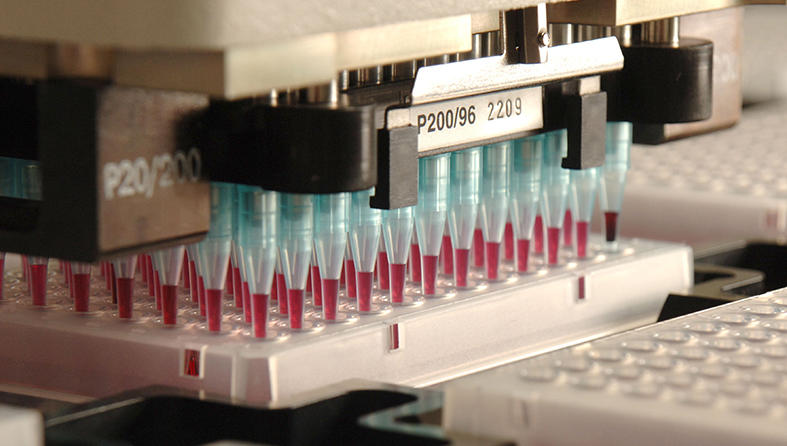Past research into cancer drugs

120 years of life-saving discoveries
Our scientists have been at the forefront of cancer research since 1902.
Thanks to you, we’ve come so far. And we will go much further.
Together, we will beat cancer.
Our milestones
Our scientists have been key in the discovery and development of many cancer drugs. Below are a few of our most important discoveries.
1948 – One of our scientists discovers new chemicals based on mustard gas, leading to the development of three important chemotherapy drugs: chlorambucil, melphalan and busulfan. These drugs are still used today to treat some leukaemias and other blood cancers, and have helped save the lives of countless patients.
1972 – We play a crucial role in the development of cisplatin. Our lab research shows the strong anti-cancer activity of the drug, prompting further research and clinical trials that we funded showing how effective it is for patients with certain types of cancer. Today, almost all men with advanced testicular cancer survive their disease thanks to treatment with cisplatin in combination with other drugs.
1982 – We discover and then develop carboplatin, one of the most successful cancer drugs ever developed. This chemotherapy is the current gold standard treatment for ovarian cancer, significantly improving survival and quality of life for women with this disease.
1987 – We discover a molecule that would later become the important drug temozolomide (Temodal), which is used worldwide today to treat people with the most common type of brain tumour, glioblastoma.
1989 – Our scientists develop the Calvert formula, a way of calculating the correct dose of carboplatin so that every patient gets the amount that’s right for them.
1938 – We pioneer the development of hormone treatments for cancer. The first ever man-made hormone, developed by our scientists, becomes the treatment of choice for over 40 years for men with prostate cancer, and paved the way for today’s hormone therapies.
1995-2008 – We play a crucial role in discovering and developing an effective new hormone treatment for prostate cancer, called abiraterone. Thanks to our work proving abiraterone extends the lives of men with advanced disease who have run out of treatment options and our strong campaigning, the hormone therapy gets the green light by NICE in 2012.
1982 – We carry out pioneering research into the genetic cause of chronic myeloid leukaemia, which underpins the development of imatinib (Glivec) – a drug that has transformed the outlook for people with many types of cancer.
1990s – Our early research paves the way for a new treatment that spares some skin cancer patients from disfiguring surgery. We lay the groundwork for the development of vismodegib (Everidge), a drug that's used to treat non-melanoma skin cancer. This is a much-needed treatment option for patients whose cancer has spread.
2005 – Our researchers identify a way to exploit genetic weaknesses in cancer cells that prevent them from fixing their DNA, caused by faulty BRCA1 and BRCA2 genes. Further work by our scientists led to the discovery and development of a new family of drugs, called PARP inhibitors, which target these vulnerabilities.
2009 – Our scientists’ work on the BRAF gene results in the rapid discovery and development of a number of molecules designed to block BRAF. One of these becomes the first new melanoma treatment for 30 years – vemurafenib (Zelboraf).


